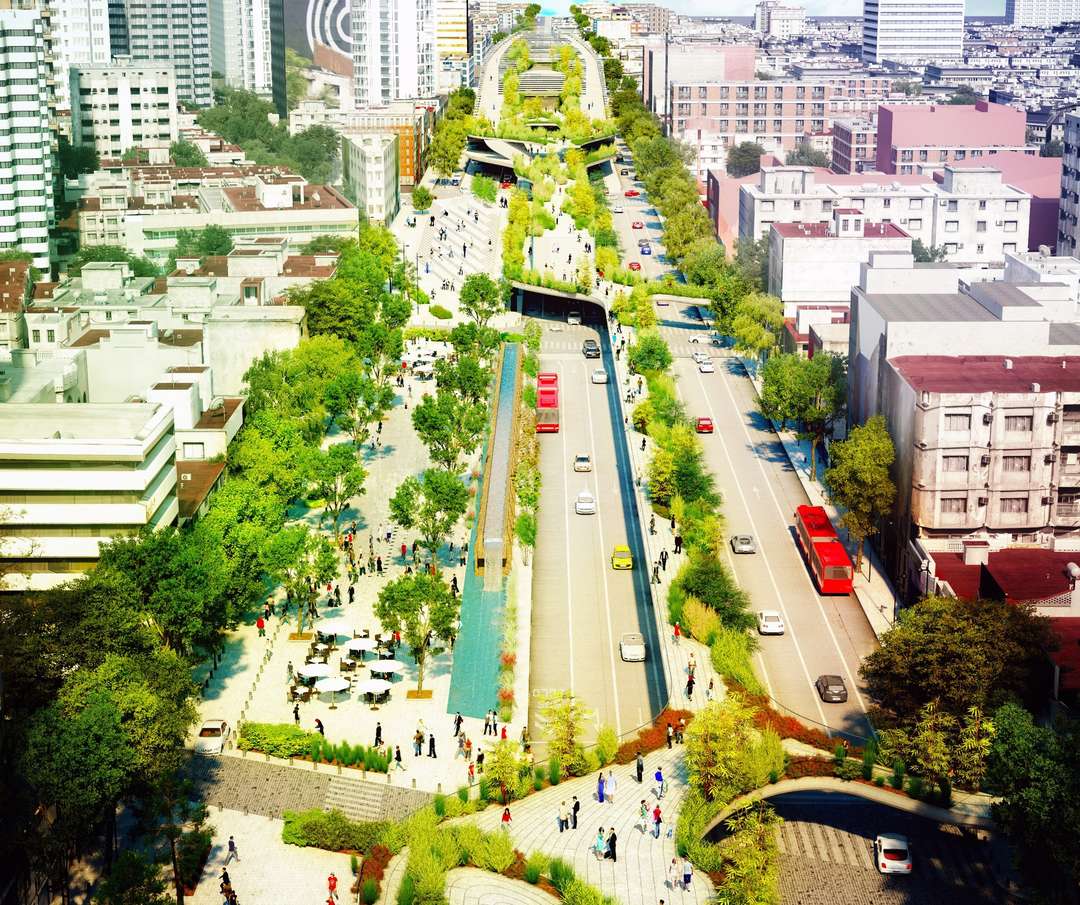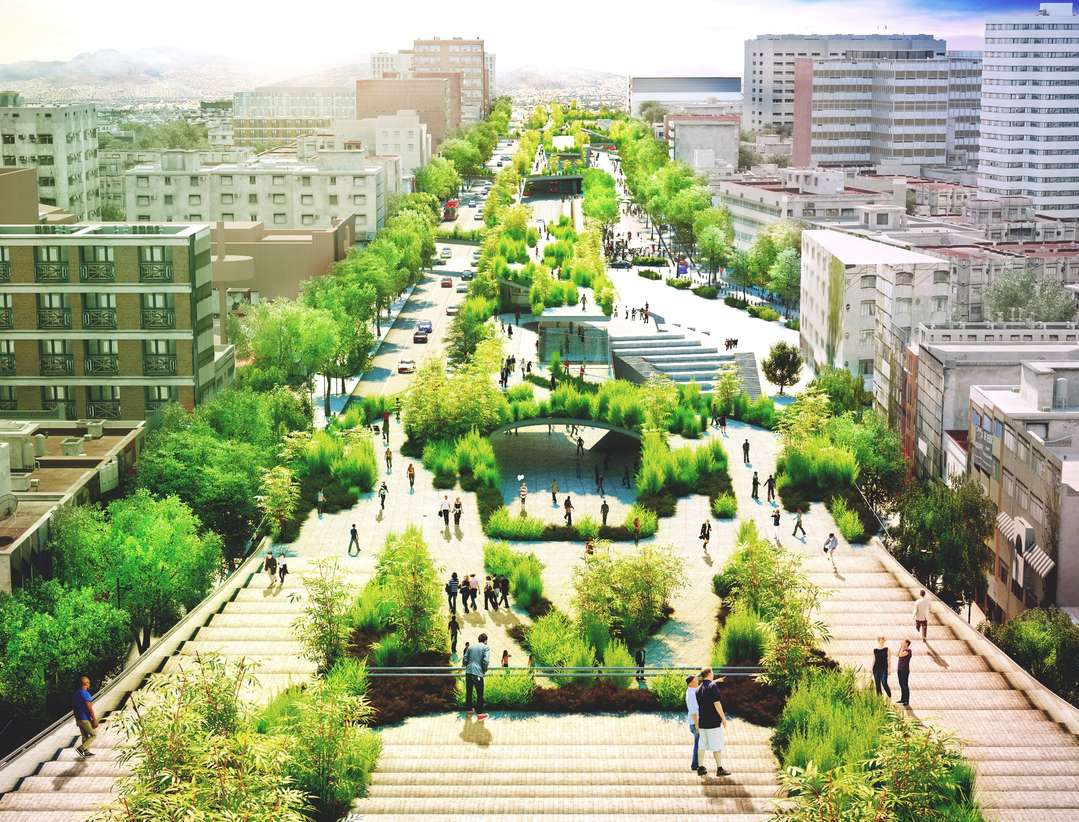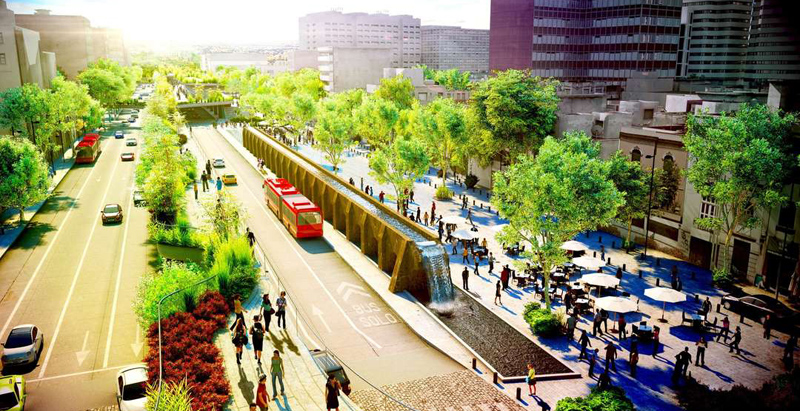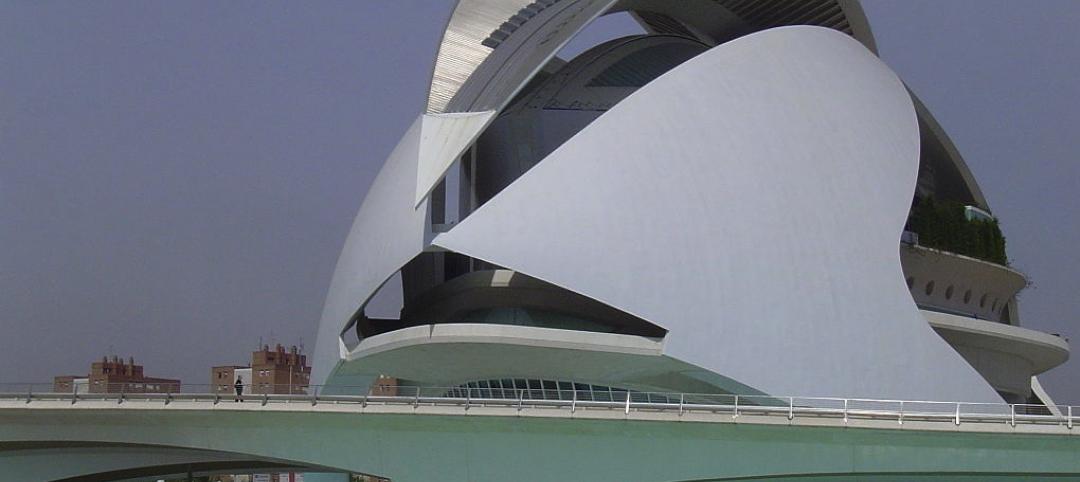The High Line in Manhattan’s Meatpacking District proved that revitalized admission-free public space not only engages both citizens and visitors, but also, from the slew of developments surrounding it, generate income for the city.
Elevated parks are now making its way around the world’s largest metropolises. Chicago recently completed its Bloomingdale Trail, and Seoul has commissioned MVRDV to convert one of their underused highways into a park. Jumping on the bandwagon is Mexico City, and plans to create a “Cultural Corridor” on Avenida Chapultepec has circulated online.
According to Architizer, local practice FR-EE Fernando Romero Enterprise has been tapped to undertake a project dubbed “considerably more complex in many ways” if compared to the High Line.
CORREDOR CULTURAL CHAPULTEPEC BY FR-EE / FRENTE / RVDG from FR-EE Fernando Romero Enterprise on Vimeo.
The city’s ancient viaduct, built by the Aztecs, were an inspiration to the park’s design. Ruins of the viaduct will form a key feature of the park.
Mexico City’s scheme will be composed of “interwoven ribbons of walkable infrastructure, with many sections rising, falling, and splitting in response to the adjacent buildings, roadways, and the metro line beneath,” Architizer reports.
Portions of the pathway will accommodate al fresco cafes, and offer up space for street entertainers and artists.




Related Stories
| May 30, 2014
Riding high: L.A., Chicago working on their version of the High Line elevated park
Cities around the U.S. are taking notice of New York's highly popular High Line elevated park system. Both Chicago and Los Angeles are currently working on High Line-like projects.
| May 29, 2014
7 cost-effective ways to make U.S. infrastructure more resilient
Moving critical elements to higher ground and designing for longer lifespans are just some of the ways cities and governments can make infrastructure more resilient to natural disasters and climate change, writes Richard Cavallaro, President of Skanska USA Civil.
| May 23, 2014
Big design, small package: AIA Chicago names 2014 Small Project Awards winners
Winning projects include an events center for Mies van der Rohe's landmark Farnsworth House and a new boathouse along the Chicago river.
| May 23, 2014
Top interior design trends: Gensler, HOK, FXFOWLE, Mancini Duffy weigh in
Tech-friendly furniture, “live walls,” sit-stand desks, and circadian lighting are among the emerging trends identified by leading interior designers.
| May 22, 2014
No time for a trip to Dubai? Team BlackSheep's drone flyover gives a bird's eye view [video]
Team BlackSheep—devotees of filmmaking with drones—has posted a fun video that takes viewers high over the city for spectacular vistas of a modern architectural showcase.
| May 22, 2014
IKEA to convert original store into company museum
Due to open next year, the museum is expected to attract 200,000 people annually to rural Älmhult, Sweden, home of the first ever IKEA store.
| May 21, 2014
Gehry unveils plan for renovation, expansion of Philadelphia Museum of Art [slideshow]
Gehry's final design reorganizes and expands the building, adding more than 169,000 sf of space, much of it below the iconic structure.
| May 20, 2014
Kinetic Architecture: New book explores innovations in active façades
The book, co-authored by Arup's Russell Fortmeyer, illustrates the various ways architects, consultants, and engineers approach energy and comfort by manipulating air, water, and light through the layers of passive and active building envelope systems.
| May 19, 2014
What can architects learn from nature’s 3.8 billion years of experience?
In a new report, HOK and Biomimicry 3.8 partnered to study how lessons from the temperate broadleaf forest biome, which houses many of the world’s largest population centers, can inform the design of the built environment.
| May 19, 2014
Calatrava wins court case concerning 'Calatrava bleeds you dry' website
A judge has ordered the left-wing political party Esquerra Unida to pay €30,000 to Santiago Calatrava because of "insulting and degrading" website.
















